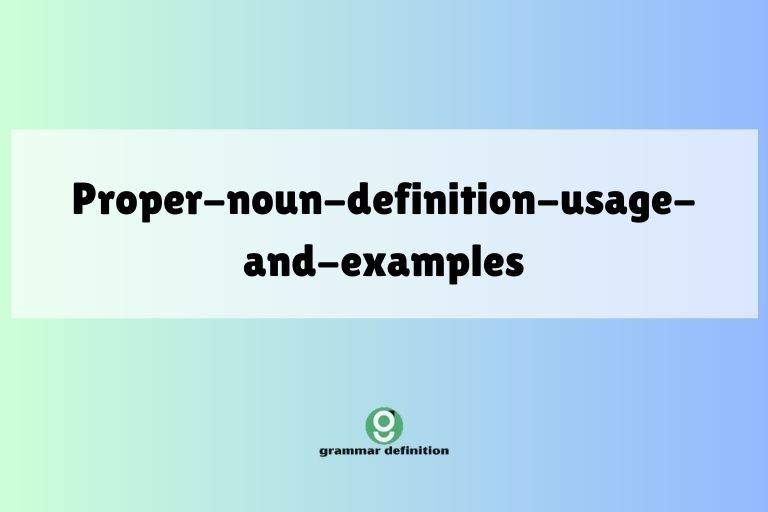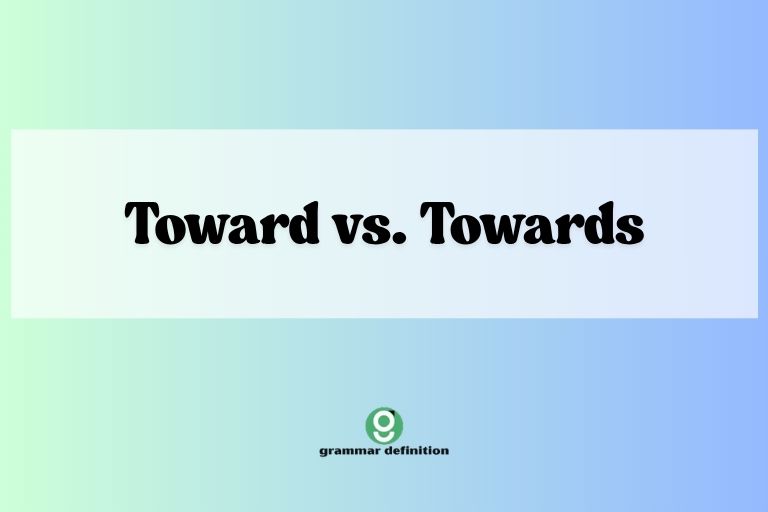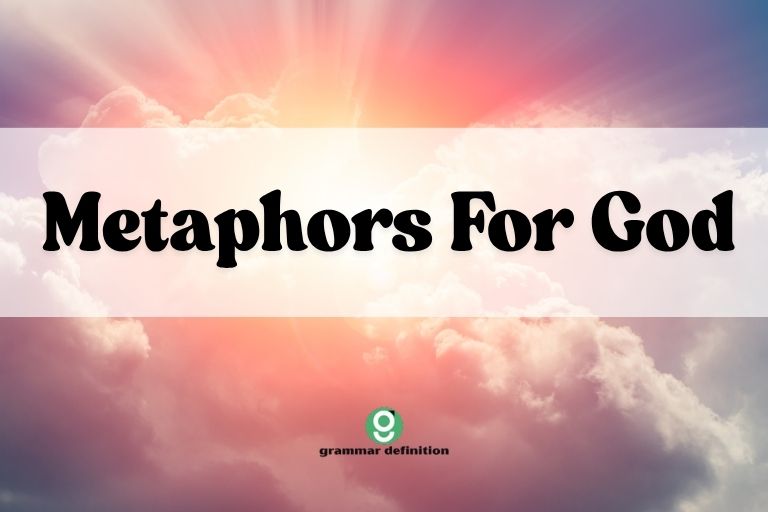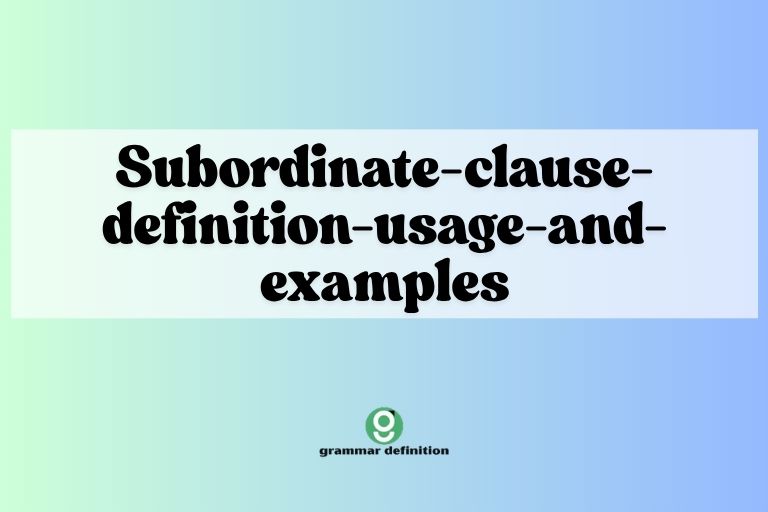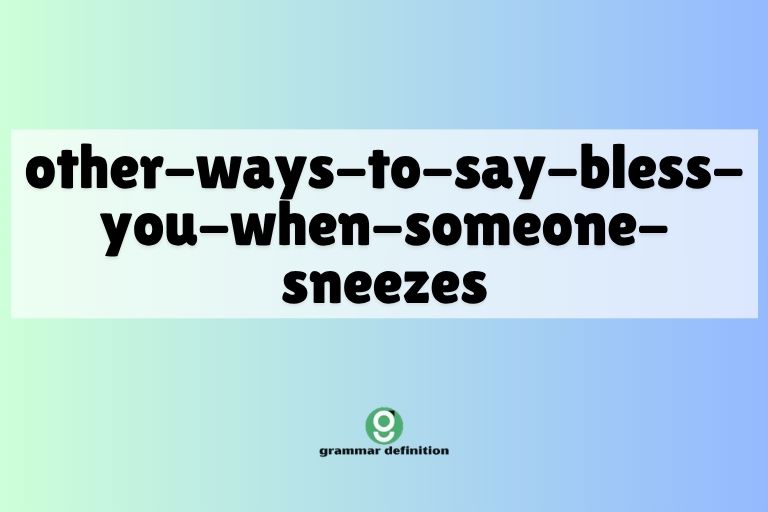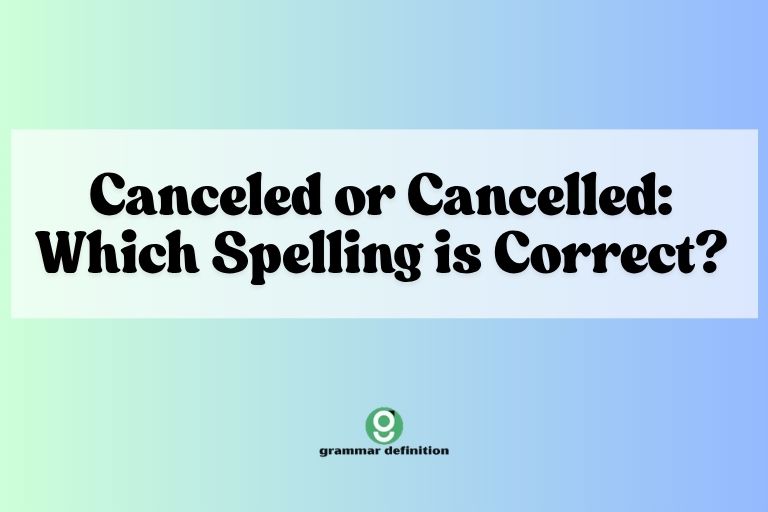Comparative Adjectives: Definition, Usage, and Examples
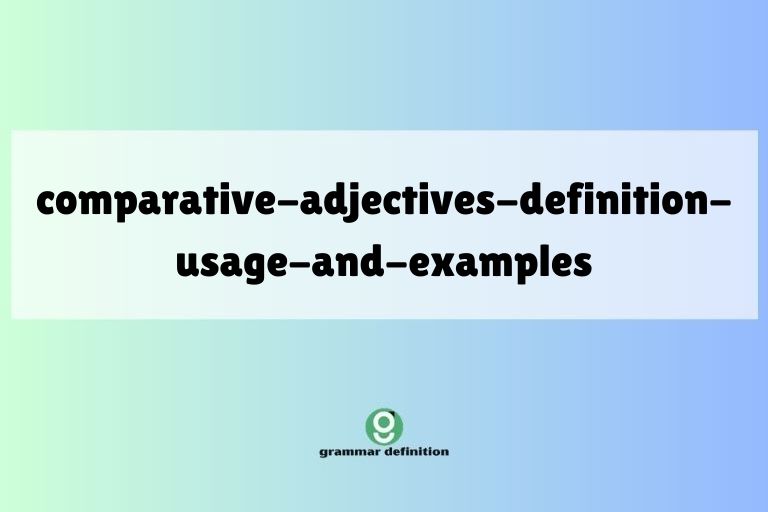
Comparative adjectives are essential for expressing comparisons between two nouns. Mastering their usage enhances your ability to describe differences accurately and effectively.
This article provides a comprehensive guide to comparative adjectives, covering their definition, structure, types, usage rules, common mistakes, and advanced topics. Whether you are a beginner or an advanced learner, this guide will help you improve your understanding and use of comparative adjectives in English.
Table of Contents
- Introduction
- Definition of Comparative Adjectives
- Structural Breakdown
- Types of Comparative Adjectives
- Examples of Comparative Adjectives
- Usage Rules
- Common Mistakes
- Practice Exercises
- Advanced Topics
- FAQ
- Conclusion
Definition of Comparative Adjectives
Comparative adjectives are used to compare two nouns, indicating which one has more of a particular quality. They are formed by adding “-er” to the end of the adjective or by using the word “more” before the adjective.
The word “than” is typically used to introduce the second item being compared. Understanding comparative adjectives is crucial for making clear and precise comparisons in your writing and speech.
For instance, in the sentence “My car is faster than yours,” the word “faster” is a comparative adjective. It shows that one car has more speed compared to another. Similarly, in “This book is more interesting than that one,” the phrase “more interesting” indicates that one book possesses a higher degree of interest compared to the other.
Structural Breakdown
The structure of a comparative adjective depends on the length and form of the original adjective. Generally, shorter adjectives (one or two syllables) will take the “-er” suffix, while longer adjectives (three or more syllables) will use “more” before the adjective.
The word “than” is essential for completing the comparison.
Let’s break it down further. A one-syllable adjective like “tall” becomes “taller” in its comparative form. The structure is simply the base adjective + “-er”. For longer adjectives, such as “beautiful,” we use “more beautiful.” Here, the structure is “more” + the base adjective. Finally, “than” connects the two elements being compared: “John is taller than Peter,” or “This painting is more beautiful than that one.”
Types of Comparative Adjectives
Regular Comparatives
Regular comparatives follow the standard rules of formation. This means adding “-er” to the end of one-syllable adjectives and using “more” before adjectives with three or more syllables.
These are the most common and straightforward to use.
For example, “small” becomes “smaller,” and “intelligent” becomes “more intelligent.” The consistency of these rules makes them easier to learn and apply. However, remember to account for spelling changes like doubling the final consonant in words like “big” which becomes “bigger”.
Irregular Comparatives
Irregular comparatives do not follow the standard rules. They have unique forms that must be memorized.
These are fewer in number but are frequently used, making it important to learn them.
Common examples include “good,” which becomes “better,” and “bad,” which becomes “worse.” These irregular forms don’t follow the “-er” or “more” pattern, so direct memorization is necessary. Using the correct irregular form is crucial for grammatical accuracy.
Examples of Comparative Adjectives
Understanding comparative adjectives is best achieved through examples. The following tables provide a wide range of examples, categorized by adjective length and type.
These examples will help you visualize how comparative forms are used in sentences and improve your comprehension.
The table below showcases examples of one-syllable adjectives and their comparative forms. Pay attention to how the “-er” suffix is added and how these comparatives are used within sentences.
| Adjective | Comparative | Example Sentence |
|---|---|---|
| Tall | Taller | John is taller than Peter. |
| Short | Shorter | This road is shorter than the other one. |
| Big | Bigger | An elephant is bigger than a cat. |
| Small | Smaller | A mouse is smaller than a rat. |
| Old | Older | My brother is older than me. |
| Young | Younger | She is younger than her husband. |
| Fast | Faster | A cheetah is faster than a lion. |
| Slow | Slower | A turtle is slower than a rabbit. |
| Hard | Harder | This test is harder than the last one. |
| Soft | Softer | This pillow is softer than that one. |
| High | Higher | The mountain is higher than the hill. |
| Low | Lower | The river is lower this year. |
| Long | Longer | This movie is longer than I expected. |
| Strong | Stronger | He is stronger than his brother. |
| Weak | Weaker | She is weaker after her illness. |
| Bright | Brighter | The sun is brighter today than yesterday. |
| Dark | Darker | The room is darker now. |
| Cheap | Cheaper | This store is cheaper than the other one. |
| Rich | Richer | He is richer than he used to be. |
| Poor | Poorer | They are poorer since they lost their jobs. |
| Wide | Wider | This road is wider than the alley. |
| Thin | Thinner | She is thinner now after dieting. |
| Thick | Thicker | This book is thicker than the other one. |
| Clean | Cleaner | This house is cleaner than mine. |
| Dirty | Dirtier | My car is dirtier than yours. |
This table illustrates examples of two-syllable adjectives and their comparative forms. Many two-syllable adjectives can take either “-er” or “more,” but some have a stronger preference based on sound and common usage.
Pay attention to these nuances.
| Adjective | Comparative | Example Sentence |
|---|---|---|
| Happy | Happier | She is happier now that she has a new job. |
| Busy | Busier | I am busier this week than last week. |
| Easy | Easier | This exam is easier than I thought. |
| Pretty | Prettier | She is prettier than her sister. |
| Simple | Simpler / More Simple | This explanation is simpler than the textbook’s. |
| Clever | Cleverer / More Clever | He is cleverer than I am. |
| Gentle | Gentler / More Gentle | The breeze is gentler today. |
| Quiet | Quieter | The library is quieter than the cafe. |
| Tidy | Tidier | Her room is tidier than mine. |
| Friendly | Friendlier | She is friendlier than her colleague. |
| Narrow | Narrower | This street is narrower than the main road. |
| Shallow | Shallower | This pool is shallower than the ocean. |
| Common | More Common | This bird is more common in this area. |
| Modern | More Modern | This building is more modern than the old church. |
| Pleasant | More Pleasant | The weather is more pleasant today. |
| Useful | More Useful | This tool is more useful than that one. |
| Careful | More Careful | You need to be more careful when driving. |
| Hopeful | More Hopeful | I am more hopeful about the future. |
| Thankful | More Thankful | I am more thankful for your help. |
| Worried | More Worried | She is more worried about the exam than I am. |
| Awful | More Awful | The food was more awful than I expected. |
| Anxious | More Anxious | He is more anxious about the presentation. |
| Boring | More Boring | This movie is more boring than the last one. |
| Polite | More Polite | He is more polite than his brother. |
| Foolish | More Foolish | That was a more foolish decision. |
The following table provides examples of adjectives with three or more syllables. These almost always use “more” to form the comparative.
This rule is generally consistent, making it easier to apply.
| Adjective | Comparative | Example Sentence |
|---|---|---|
| Beautiful | More Beautiful | She is more beautiful than her sister. |
| Intelligent | More Intelligent | He is more intelligent than I thought. |
| Expensive | More Expensive | This car is more expensive than that one. |
| Difficult | More Difficult | This task is more difficult than the last one. |
| Important | More Important | This meeting is more important than the previous one. |
| Interesting | More Interesting | This book is more interesting than the movie. |
| Comfortable | More Comfortable | This chair is more comfortable than the other one. |
| Popular | More Popular | This singer is more popular than the other one. |
| Delicious | More Delicious | This cake is more delicious than the pie. |
| Dangerous | More Dangerous | This road is more dangerous at night. |
| Responsible | More Responsible | He is more responsible than his brother. |
| Considerate | More Considerate | She is more considerate of others’ feelings. |
| Optimistic | More Optimistic | I am more optimistic about the future. |
| Pessimistic | More Pessimistic | He is more pessimistic after the bad news. |
| Successful | More Successful | She is more successful in her career. |
| Generous | More Generous | He is more generous than his friend. |
| Convenient | More Convenient | This location is more convenient for me. |
| Complicated | More Complicated | This problem is more complicated than it looks. |
| Traditional | More Traditional | This custom is more traditional in this region. |
| Original | More Original | This idea is more original than the others. |
| Professional | More Professional | He is more professional than his colleague. |
| Enthusiastic | More Enthusiastic | She is more enthusiastic about the project. |
| Sophisticated | More Sophisticated | This technology is more sophisticated than the old one. |
| Independent | More Independent | She is more independent now that she lives alone. |
| Capable | More Capable | He is more capable of handling the situation. |
The following table showcases the irregular comparative forms. Remember that these do not follow standard rules and must be memorized.
| Adjective | Comparative | Example Sentence |
|---|---|---|
| Good | Better | My health is better than it was last year. |
| Bad | Worse | The weather is worse today than yesterday. |
| Far | Farther/Further | My house is farther from the school than yours. |
| Little | Less | I have less time to study this week. |
| Much | More | I have more money than you. |
Usage Rules
Understanding the rules for forming and using comparative adjectives is essential for grammatical accuracy. These rules depend on the number of syllables in the adjective and any special spelling considerations.
One-Syllable Adjectives
For most one-syllable adjectives, add “-er” to the end of the word. For example, “tall” becomes “taller,” and “short” becomes “shorter.” If the adjective ends in a consonant-vowel-consonant (CVC) pattern, double the final consonant before adding “-er.” For example, “big” becomes “bigger,” and “thin” becomes “thinner.”
Consider these examples: “The blue car is faster than the red car.” and “This box is bigger than that one.” These sentences correctly apply the rules for forming comparative adjectives from one-syllable words.
Two-Syllable Adjectives
Two-syllable adjectives can be trickier. Some take “-er,” while others use “more.” Generally, adjectives ending in “-y,” “-er,” “-ow,” or “-le” tend to take “-er.” Examples include “happy” (happier), “clever” (cleverer), “narrow” (narrower), and “simple” (simpler).
However, many other two-syllable adjectives use “more,” such as “more careful,” “more pleasant,” and “more useful.”
When in doubt, consider which sounds more natural and is more commonly used. For instance, “She is happier now” sounds more natural than “She is more happy now.” Conversely, “This tool is more useful” sounds better than “This tool is usefuller.”
Three or More Syllable Adjectives
Adjectives with three or more syllables almost always use “more” before the adjective. Examples include “more beautiful,” “more intelligent,” and “more expensive.” This rule is fairly consistent and easy to remember.
For example, “This painting is more beautiful than that one,” and “He is more intelligent than his brother.” These sentences correctly use “more” with longer adjectives to form the comparative.
Exceptions
There are a few exceptions and special cases to be aware of. Irregular adjectives like “good,” “bad,” and “far” have their own unique comparative forms (“better,” “worse,” and “farther/further,” respectively).
Additionally, some adjectives don’t lend themselves well to comparison, such as “unique” or “perfect.” It doesn’t make logical sense to say something is “more unique” or “more perfect,” as these qualities are already absolute.
Be mindful of these exceptions and use them correctly. Knowing when not to use a comparative form is just as important as knowing when to use one.
Common Mistakes
Several common mistakes can occur when using comparative adjectives. Recognizing these errors will help you avoid them and improve your accuracy.
One common mistake is using both “more” and “-er” together, such as “more taller.” The correct form is simply “taller.” Another mistake is using “than” incorrectly or omitting it altogether. Remember that “than” is essential for completing the comparison.
Here are some examples of common errors and their corrections:
| Incorrect | Correct |
|---|---|
| This car is more faster than that one. | This car is faster than that one. |
| She is more happier now. | She is happier now. |
| He is intelligent than his sister. | He is more intelligent than his sister. |
| This book is interesting that one. | This book is more interesting than that one. |
| My house is farer than yours. | My house is farther than yours. |
Practice Exercises
The best way to master comparative adjectives is through practice. The following exercises will help you reinforce your understanding and improve your ability to use comparative adjectives correctly.
Exercise 1: Forming Comparatives
Form the comparative of each adjective given below.
| Adjective | Comparative |
|---|---|
| 1. Cold | |
| 2. Happy | |
| 3. Interesting | |
| 4. Good | |
| 5. Bad | |
| 6. Large | |
| 7. Difficult | |
| 8. Simple | |
| 9. Far | |
| 10. Weak |
Answers:
| Adjective | Comparative |
|---|---|
| 1. Cold | Colder |
| 2. Happy | Happier |
| 3. Interesting | More Interesting |
| 4. Good | Better |
| 5. Bad | Worse |
| 6. Large | Larger |
| 7. Difficult | More Difficult |
| 8. Simple | Simpler/More Simple |
| 9. Far | Farther/Further |
| 10. Weak | Weaker |
Exercise 2: Sentence Completion
Complete each sentence with the correct comparative form of the adjective in parentheses.
| Sentence |
|---|
| 1. This movie is __________ (long) than the one we saw last week. |
| 2. She is __________ (tall) than her brother. |
| 3. This book is __________ (interesting) than that one. |
| 4. My car is __________ (old) than yours. |
| 5. The weather today is __________ (good) than yesterday. |
| 6. He is __________ (careful) than his sister. |
| 7. This exercise is __________ (easy) than the previous one. |
| 8. She is __________ (happy) now that she has a new job. |
| 9. This problem is __________ (difficult) than I thought. |
| 10. My house is __________ (far) from the city center than yours. |
Answers:
| Sentence |
|---|
| 1. This movie is longer than the one we saw last week. |
| 2. She is taller than her brother. |
| 3. This book is more interesting than that one. |
| 4. My car is older than yours. |
| 5. The weather today is better than yesterday. |
| 6. He is more careful than his sister. |
| 7. This exercise is easier than the previous one. |
| 8. She is happier now that she has a new job. |
| 9. This problem is more difficult than I thought. |
| 10. My house is farther from the city center than yours. |
Exercise 3: Error Correction
Identify and correct the errors in the following sentences.
| Sentence | Corrected Sentence |
|---|---|
| 1. This car is more faster than that one. | |
| 2. She is more happier now. | |
| 3. He is intelligent than his sister. | |
| 4. This book is interesting that one. | |
| 5. My house is farer than yours. | |
| 6. This test was more easier than I expected. | |
| 7. She is more prettier than her cousin. | |
| 8. He is more taller than his father. | |
| 9. This apple is more good than that one. | |
| 10. The weather is worser today than yesterday. |
Answers:
| Sentence | Corrected Sentence |
|---|---|
| 1. This car is more faster than that one. | This car is faster than that one. |
| 2. She is more happier now. | She is happier now. |
| 3. He is intelligent than his sister. | He is more intelligent than his sister. |
| 4. This book is interesting that one. | This book is more interesting than that one. |
| 5. My house is farer than yours. | My house is farther than yours. |
| 6. This test was more easier than I expected. | This test was easier than I expected. |
| 7. She is more prettier than her cousin. | She is prettier than her cousin. |
| 8. He is more taller than his father. | He is taller than his father. |
| 9. This apple is more good than that one. | This apple is better than that one. |
| 10. The weather is worser today than yesterday. | The weather is worse today than yesterday. |
Advanced Topics
For advanced learners, there are more nuanced aspects of comparative adjectives to explore. These include double comparatives and the use of “less” and “least.”
Double Comparatives
Double comparatives express a proportional increase or decrease. They are formed using “the” before both the comparative adjective and the clause.
The structure is “The + comparative, the + comparative.” This construction indicates that as one thing changes, another thing changes in proportion.
For example, “The more you practice, the better you become,” and “The earlier you arrive, the more time we’ll have.” These sentences illustrate how double comparatives show a direct relationship between two changing variables.
Using “Less” and “Least”
“Less” is the comparative form of “little” and is used to indicate a smaller quantity, degree, or amount. “Least” is the superlative form.
“Less” is used with uncountable nouns, while “fewer” is used with countable nouns. However, in informal English, “less” is often used with countable nouns as well.
“Least” indicates the smallest amount or degree.
Examples: “I have less time than you,” and “This is the least expensive option.” These sentences show how “less” and “least” are used to express a smaller quantity or degree.
FAQ
Here are some frequently asked questions about comparative adjectives.
Q1: How do I know whether to use “-er” or “more” for a two-syllable adjective?
A1: Generally, two-syllable adjectives ending in “-y,” “-er,” “-ow,” or “-le” take “-er.” If you are unsure, it’s often best to consult a dictionary or consider which form sounds more natural. Some adjectives can use either form, but one may be more common.
Q2: Can I use “more” with one-syllable adjectives?
A2: No, it is generally incorrect to use “more” with one-syllable adjectives. You should use the “-er” form.
For example, use “taller,” not “more tall.”
Q3: What are some common spelling changes when adding “-er”?
A3: Common spelling changes include doubling the final consonant in CVC words (e.g., “big” becomes “bigger”) and changing “y” to “i” (e.g., “happy” becomes “happier”).
Q4: Is it ever correct to use “more good” instead of “better”?
A4: No, “better” is the correct comparative form of “good.” “More good” is grammatically incorrect.
Q5: What is the difference between “farther” and “further”?
A5: “Farther” is generally used for physical distance, while “further” is used for metaphorical or non-physical distance. However, in modern English, “further” is often used in both contexts.
Q6: How do I use comparative adjectives in negative sentences?
A6: In negative sentences, you can use “not as + adjective + as.” For example, “This car is not as fast as that one.”
Q7: Can I use more than one comparative adjective in a sentence?
A7: Yes, you can use multiple comparative adjectives in a sentence, but ensure that each comparison is clear and logical. For example, “She is taller and stronger than her brother.”
Q8: What do I do if I want to compare more than two things?
A8: If you are comparing more than two things, you should use superlative adjectives instead of comparative adjectives. For example, “She is the tallest in the class” (superlative) instead of “She is taller than everyone in the class” (comparative).
Conclusion
Comparative adjectives are essential tools for expressing comparisons in English. By understanding their formation, usage rules, and common exceptions, you can significantly improve your ability to communicate effectively.
Remember to practice regularly and pay attention to the nuances of different adjective types. With consistent effort, you’ll master the use of comparative adjectives and enhance your overall language proficiency.
Continue to practice using comparative adjectives in your writing and speaking. Pay attention to how native speakers use them and incorporate their patterns into your own language.
The more you use comparative adjectives, the more natural and accurate your language will become. Good luck!

